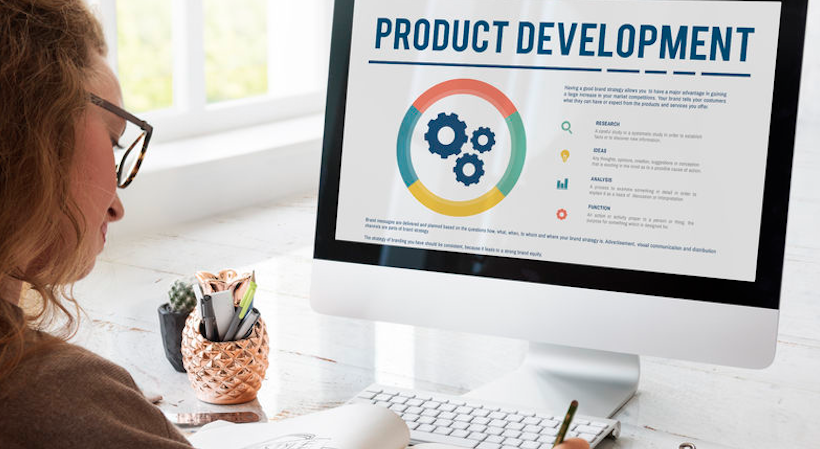Once labeled the ugly stepchild of venture capital, hardware startups have historically experienced difficulties securing funding.
In 2015, hardware companies received less than a quarter of the $4.5 billion VCs invested in software.
The game is quite complex and there are multiple cards at play between designing, engineering, manufacturing and leading a product to market. Consequently, the execution of a successful crowdfunding campaign is now a prerequisite for many investment firms as they build their portfolios.
Very few companies hold all the cards necessary for success. These elites deliver a quality product, secure retail placement, establish an e-commerce channel and build a solid business around its product.
Let’s follow suit on the simple, yet overlooked fundamentals practiced by successful hardware startups.
Build a brand, don’t buy it
When we onboard clients to launch new products, we often notice that a tremendous amount of time and resources are wasted on “branding.” Don’t get me wrong, branding is important, and building a foundation around your brand starts early in the process.
However, many new companies are not a brand yet. Branding is more than a cool font or an eye-catching logo. Many new companies will spend tens of thousands of dollars to hire a branding agency, but there’s no need in the early stages.
A brand is rooted in delivering a great product, excellent customer service and top-notch community engagement. These elements have far greater contribution to long-term success than the pink hue in your logo, I can assure you.
Related: Finding Funding When You’re a Hardware Startup
Create a working product
This is a no brainer, but I’ve seen dozens of product launches fail right out of the gate because the product simply did not work or meet customer expectations. When this happens in early product models, it’s game over.
The hoverboard, for example, had amazing potential in the mobile commuter space whether it was viewed as a silly gadget or not. Many of the issues surrounding the hoverboard debacle can be traced to IP infringement, poor production quality and a rat race to the marketplace. At the end of the day, no matter how you cut it, the product literally blew up on customers.
Don’t forget your customers
Customers are the bloodline of any company. Take care of them, or they will leave, it’s that simple. We all know about immediate exposure via social media in today’s market; bad policies, practice and service can be broadcast to the world in seconds. Ignoring customer complaints or even suggestions for product improvements is a sign of poor leadership and a sub-par product.
One example of how corporate consideration of feedback leads to customer loyalty is Elon Musk’s approach to interacting with Tesla customers. Musk is a master at using Twitter to brand and build great publicity when taking customer suggestions for Tesla Motors. This shows his involvement, care and willingness to improve a product in front of his audience.
Stay in your lane
Steve Jobs might be the model entrepreneur of our generation based solely on the hardware products he launched at Apple. Jobs played key roles in branding, development, marketing and retail and his obsession over each of these functions contributed to his genius and the creation of an impressive portfolio of life-changing products.
However, Jobs was one in a billion. While we all may want to strive to be him one day, we are not him. In the startup world, entrepreneurs are often required to wear many hats for budgeting purposes, and that’s completely fair. Bootstrapping like this can be a rite of passage for many founders.
Related: Sign up to receive the StartupNation newsletter!
However, where many first-time entrepreneurs go wrong is when they dip their hands into too many roles that they are unqualified to take on. Engineers want to be marketers and marketers want to be engineers. Each must stay in their respective lanes and also be mindful of one another’s boundaries. What’s the point of hiring experts if you’re going to micro-manage the process?
Great leadership entrusts and believes in a collective, skilled team to produce a better product. Poor leaders succumb to ego and attempt to run all facets of the development and release of a product. The results are typically lackluster and not optimal.
Marketers do a great job hyping up product launches, but they can’t control customer reactions after the product is released and reviewed. Focus on building a great product with a diversely-skilled team and pay attention to what the customer is saying. If you follow these basic principles, you’ll have all the aces to launch a successful product and overcome the notorious fate of hardware startups.






